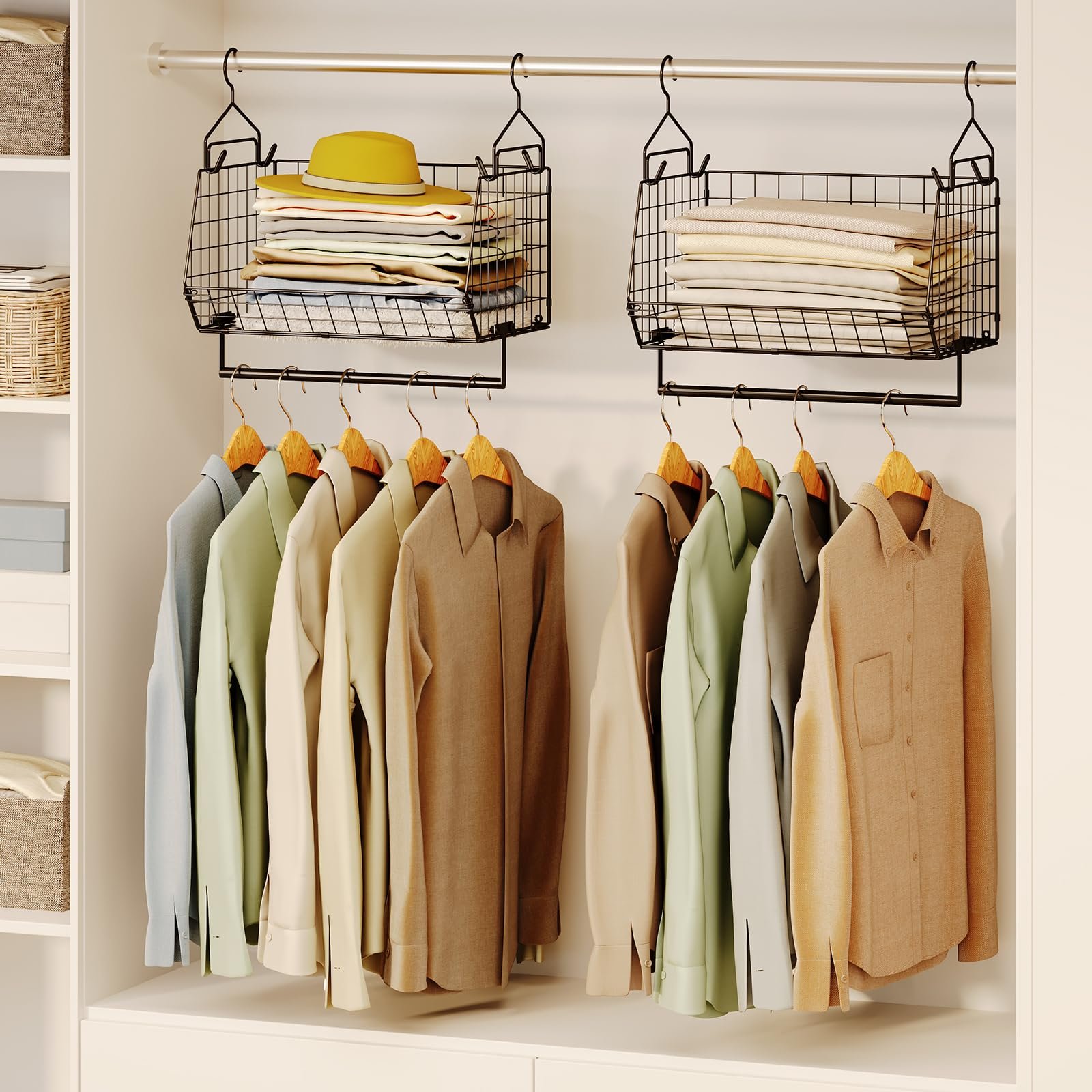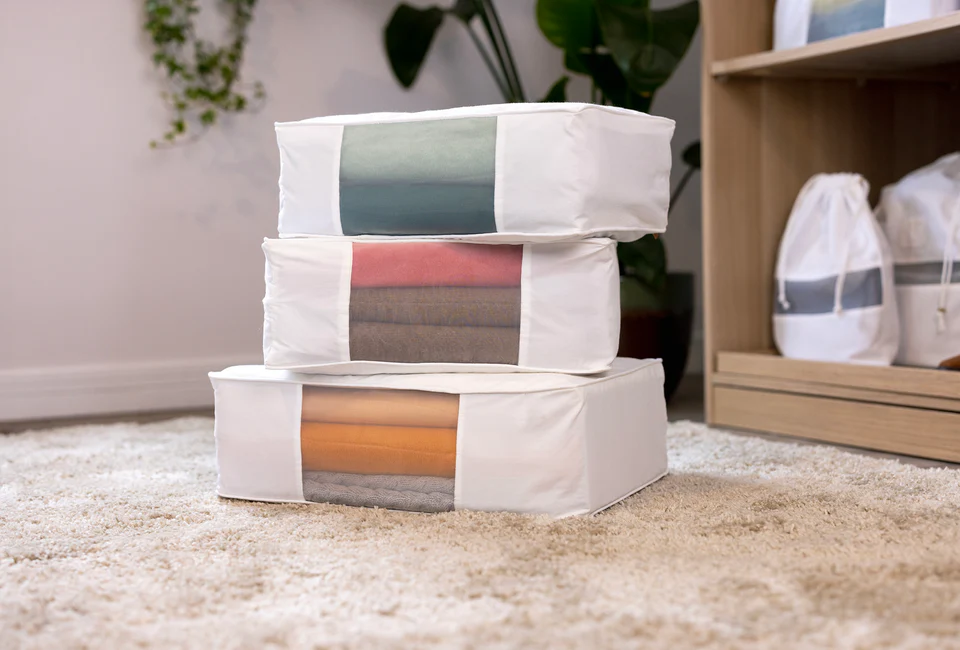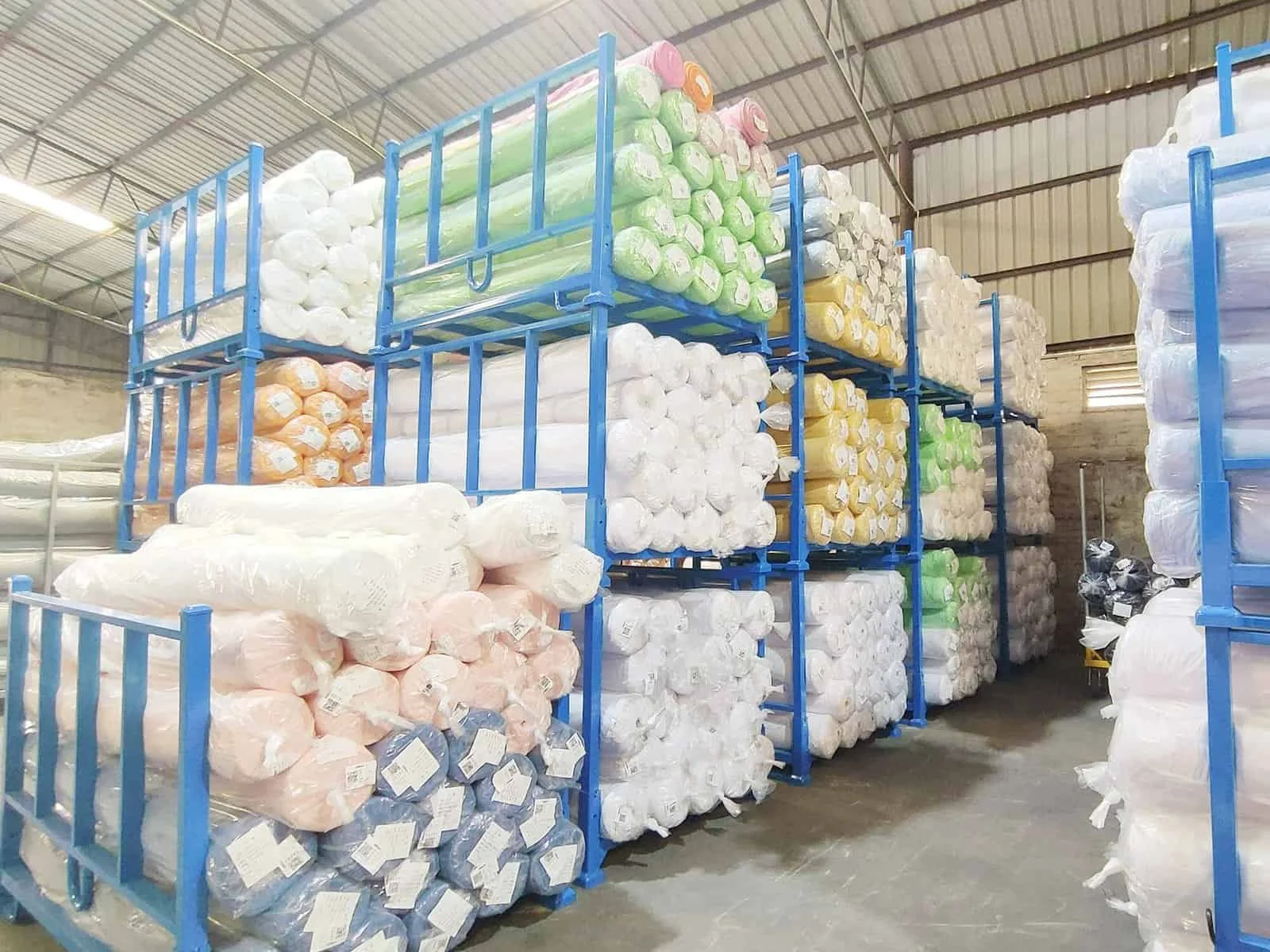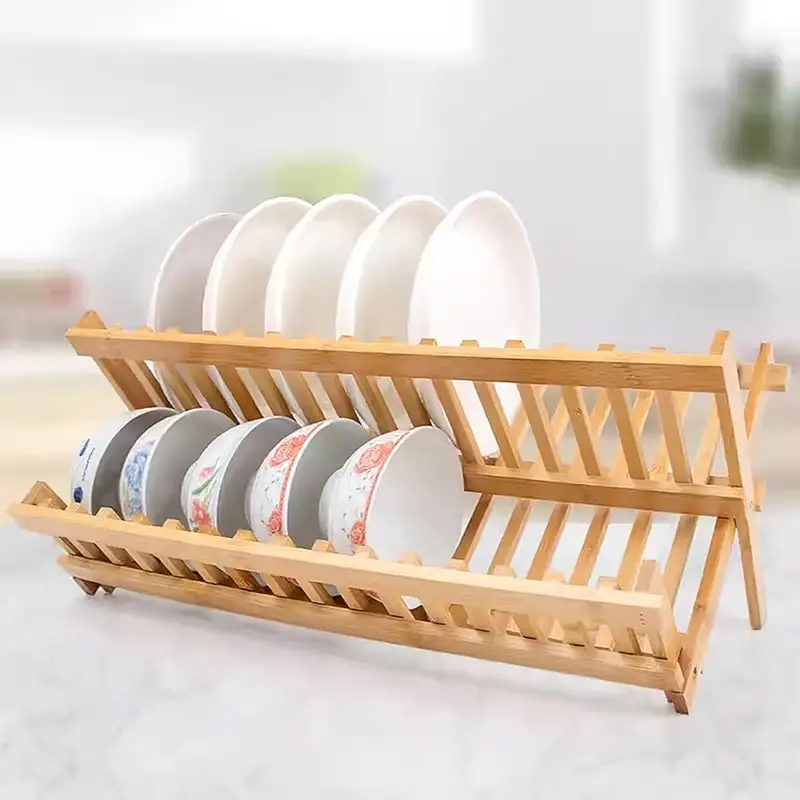The textile industry offers countless fabric options, but one question often arises: what are natural fabrics and why do they matter for buyers and retailers?
Natural fabrics—derived from plants or animals—are valued for their comfort, breathability, and sustainability appeal. While synthetic fibers like polyester dominate for affordability and performance, natural fabrics continue to play a critical role in apparel, home goods, and storage products.
This guide explains the main types of natural fabrics, their advantages and limitations, and what B2B buyers need to consider when sourcing.
What Are Natural Fabrics?
Natural fabrics are textiles made from fibers that come directly from plants or animals. Unlike synthetic fabrics, which are chemically engineered, natural fabrics are processed through spinning, weaving, and finishing but originate in nature.
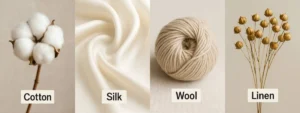
Common Types of Natural Fabrics
1. Cotton
Source: Cotton plant fibers.
Advantages: Breathable, soft, easy to dye, widely available.
Limitations: Shrinks when washed; absorbs moisture easily.
Application: Storage bags, pillow covers, apparel, tote bags.
2. Linen
Source: Flax plant fibers.
Advantages: Stronger than cotton, natural luster, cool in hot weather.
Limitations: Wrinkles easily, higher cost.
Application: Premium storage bins, summer apparel, eco-branded home goods.
3. Wool
Source: Sheep fleece.
Advantages: Warm, insulating, water-resistant.
Limitations: Can feel itchy, requires special care.
Application: Winter blankets, knitwear, premium home décor.
4. Silk
Source: Silkworm cocoons.
Advantages: Luxurious, soft, natural sheen.
Limitations: Expensive, delicate, requires dry cleaning.
Application: High-end storage pouches, scarves, bedding.
5. Hemp
Source: Stalks of hemp plants.
Advantages: Strong, durable, eco-friendly, naturally antimicrobial.
Limitations: Rough texture (softens with blending).
Application: Eco-friendly bags, organizers, sustainable apparel.
6. Jute
Source: Jute plant stems.
Advantages: Strong, coarse, biodegradable.
Limitations: Limited comfort use; mainly for packaging or rustic designs.
Application: Storage baskets, tote bags, eco-home products.
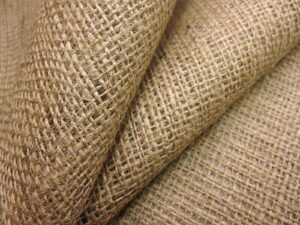
Why Buyers Choose Natural Fabrics
Sustainability Appeal
Consumers increasingly prefer eco-friendly materials.
Retailers promote “organic cotton” or “linen collections” to align with green marketing.
Premium Positioning
Natural fabrics carry higher perceived value.
Suitable for lifestyle brands and higher-end retail programs.
Market Differentiation
Helps retailers stand out in a market flooded with synthetics.
Example: A European chain launched a linen storage bin collection and positioned it as a premium eco-friendly alternative—achieving a 20% higher retail price point than polyester bins.
Limitations and Buyer Concerns
Higher Cost
Cotton and linen can cost significantly more than polyester.
Retail pricing must justify the margin.
Quality Variability
Natural fibers are affected by growing conditions and processing.
Buyers should request samples and certifications before committing to large orders.
Care Requirements
Shrinkage, wrinkling, and special washing instructions may affect customer satisfaction.
MOQ and Supply Chain
Some factories require higher MOQs for natural fabric products compared to polyester.
Compliance and Certifications
OEKO-TEX Standard 100 – ensures fabrics are free from harmful substances.
GOTS (Global Organic Textile Standard) – required for organic cotton and hemp.
REACH – common in EU for chemical safety compliance.
B2B buyers should always confirm certification with suppliers to ensure smooth entry into regulated markets.
Market Trends and Opportunities
Sustainable Branding: rPET is growing, but natural fabrics still dominate in “eco-luxury” positioning.
Blended Fabrics: Cotton-polyester blends balance comfort and cost.
E-commerce Growth: Amazon sellers highlight “100% cotton” or “natural linen” as keywords to drive conversions.
Trend Note: Many supermarkets now offer “eco-storage series” that mix natural fabrics (cotton, linen) with functional synthetics for performance.
Conclusion
So, what are natural fabrics? They are textiles derived from plants and animals—cotton, linen, silk, wool, hemp, and jute—that offer breathability, premium appeal, and sustainability.
For B2B buyers, natural fabrics present both opportunities and challenges. While costs are higher than polyester, natural fabrics can help position your brand as sustainable and premium, supporting higher retail margins and long-term customer loyalty.

